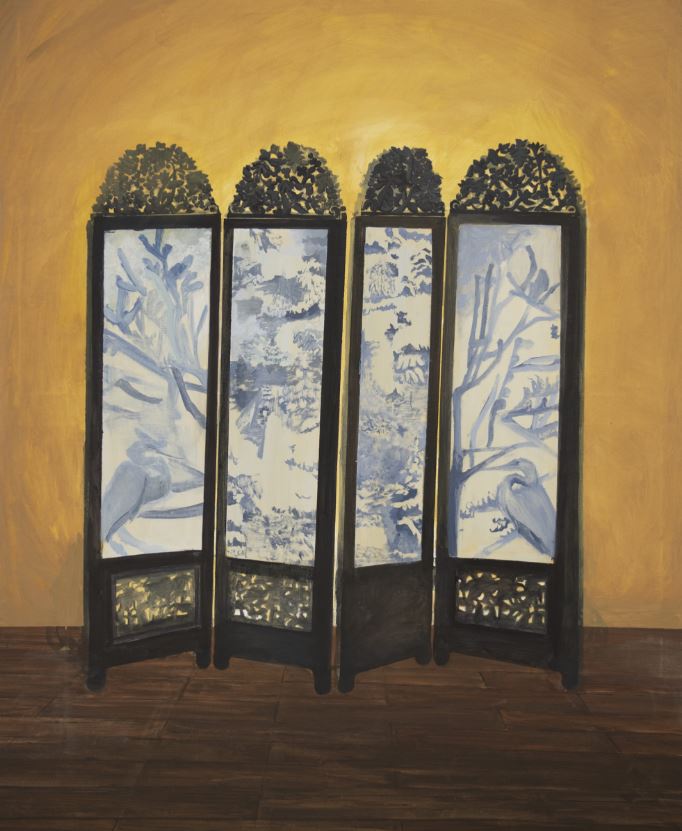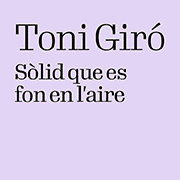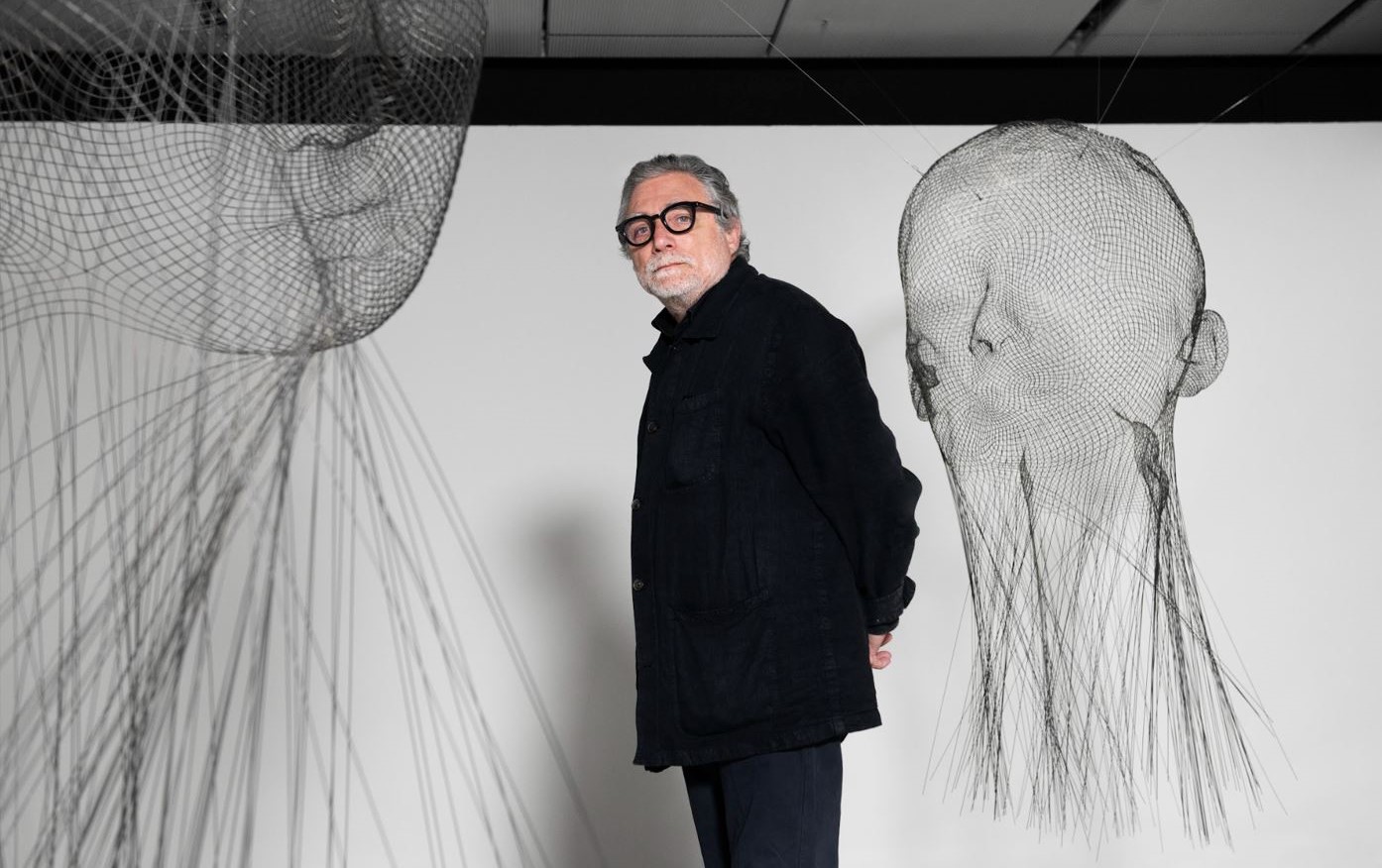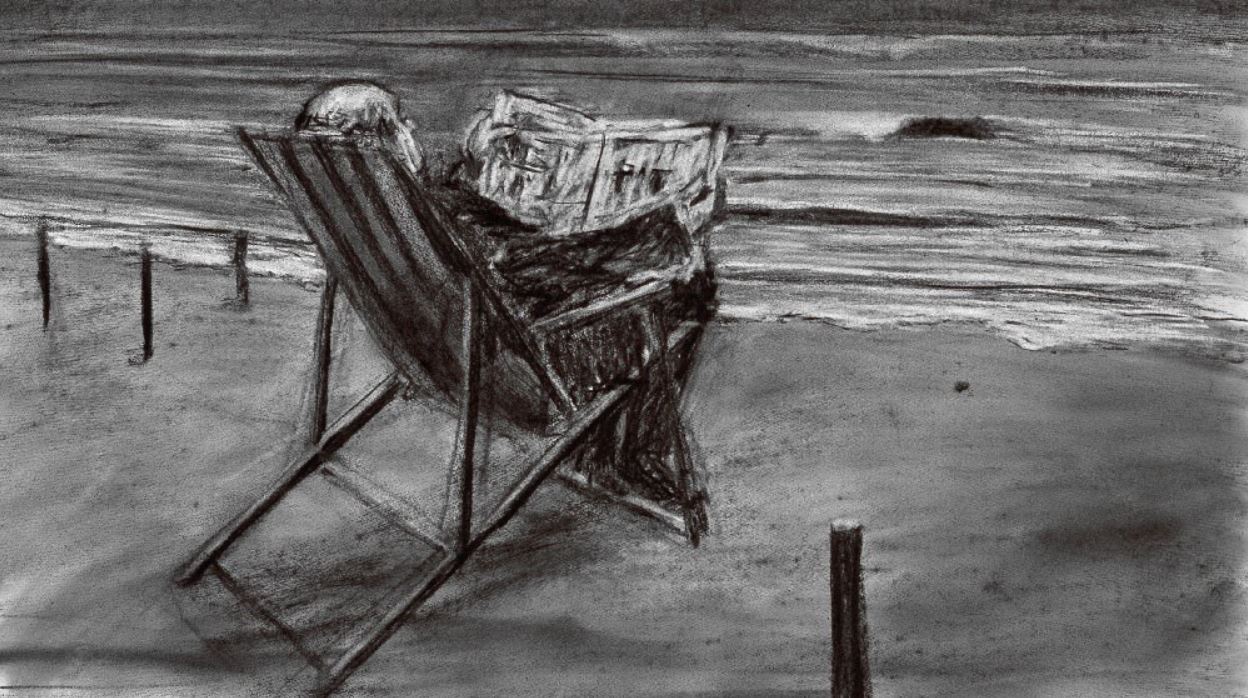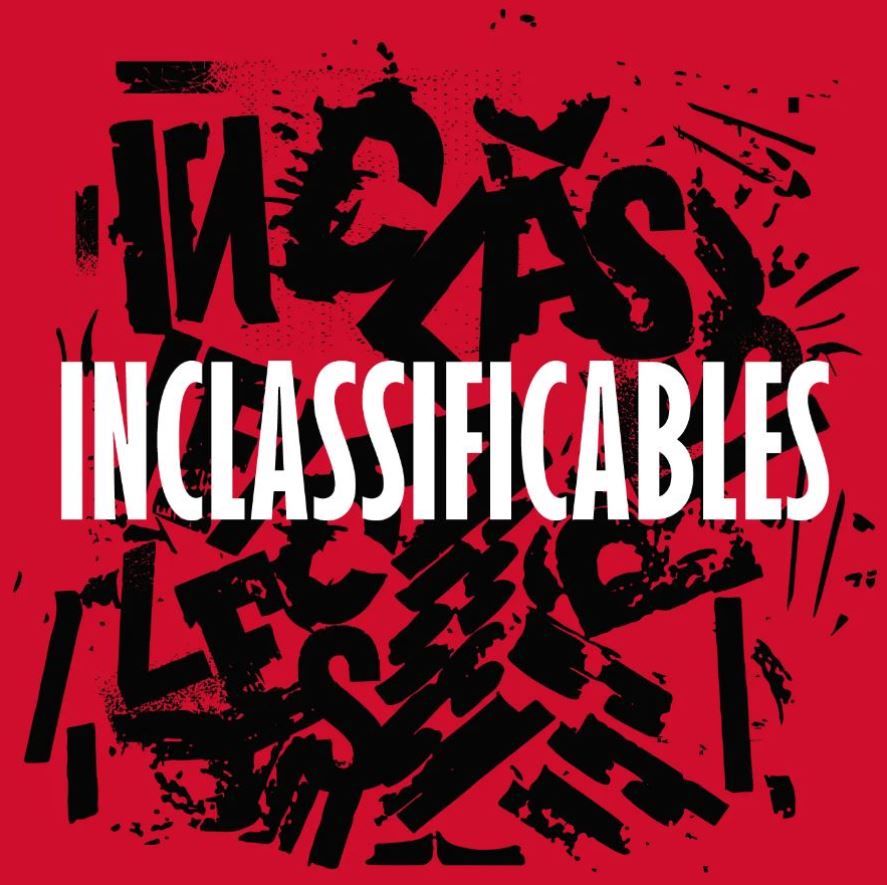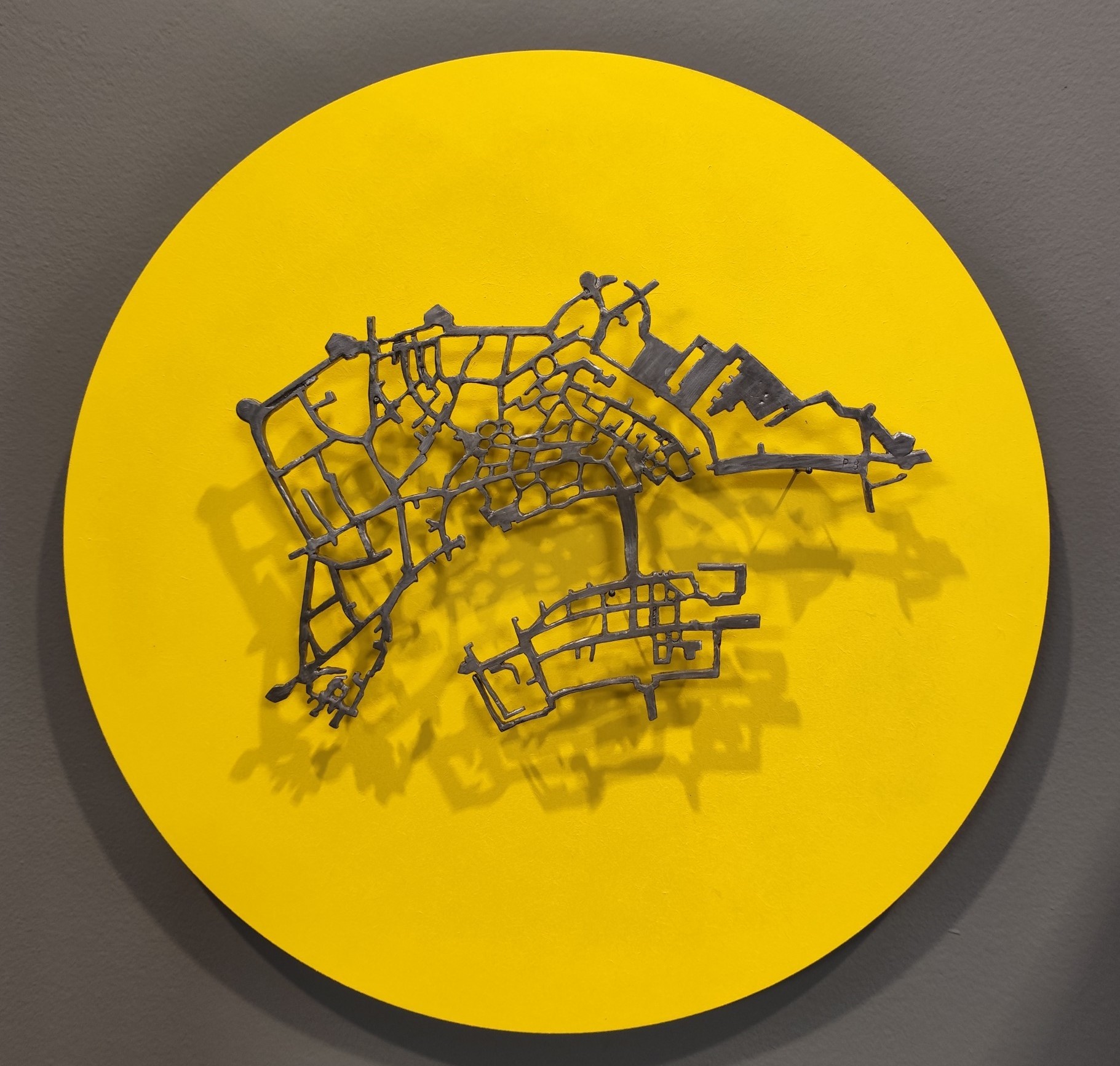reports
BilbaoArte: a refuge for artistic creation
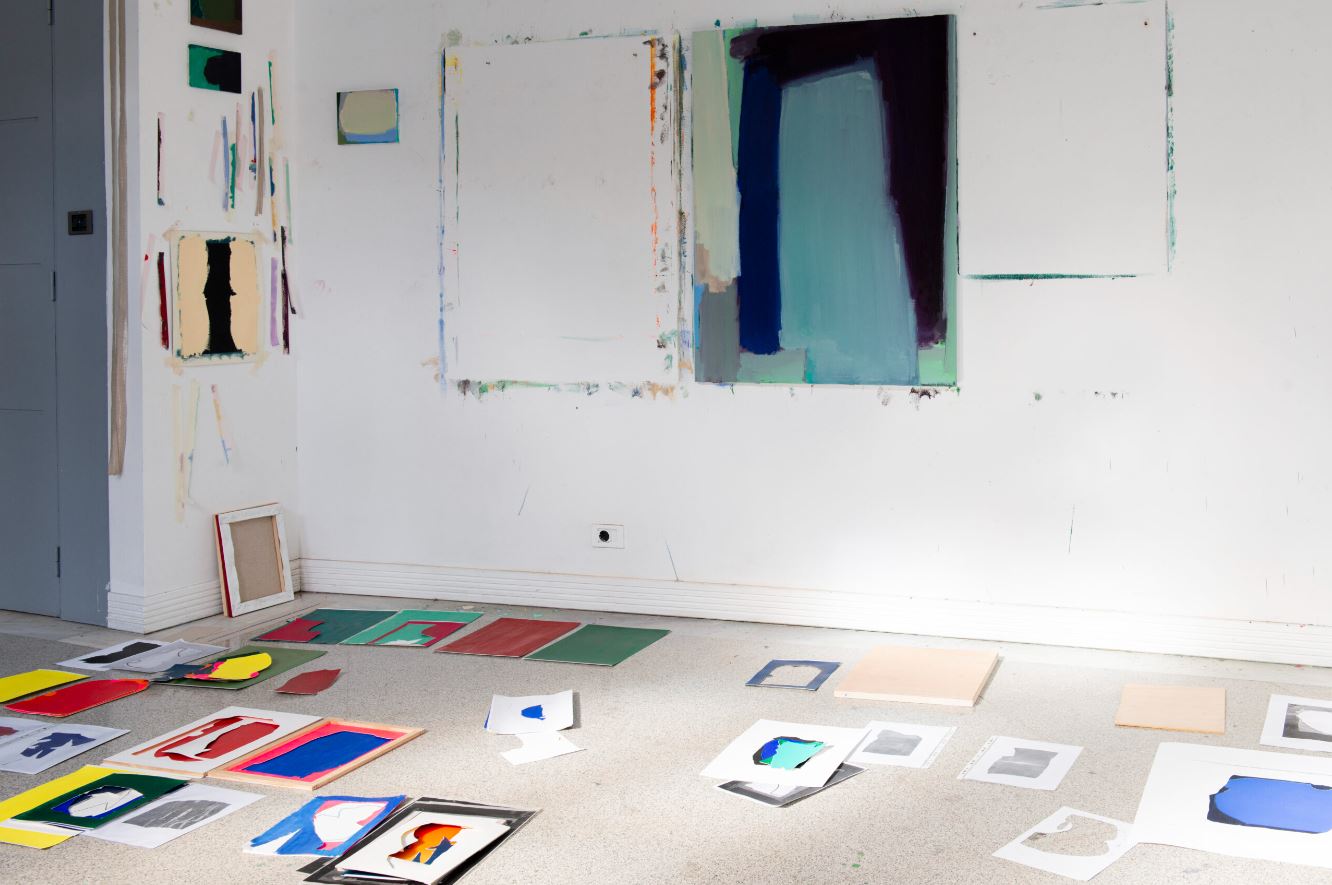
Twenty-five years ago, BilbaoArte was born with a clear vision: to become a center of reference for artistic residencies. Promoted by Bilbao City Council and after years of constant work and infrastructure improvements, the project has grown while always maintaining its initial mission: to offer a space for artistic creation and production.
The evolution of the city of Bilbao has been a fundamental element in this process. Historically, Bilbao was an industrial and port city, but with the opening of the Guggenheim Museum in 1997, it began to transform. The city made a strong commitment to art and culture, creating a cultural offer that included both contemporary art and local production. In this context of change, BilbaoArte not only became a place of support for artists, but became part of a wider movement that redefined the identity of the city.
When it was founded in 1998, the situation for local artists was particularly complicated. Despite the large structural and conceptual projects underway, many felt displaced and little recognized. BilbaoArte emerged with the aim of responding to this situation, offering local creators a space to develop.
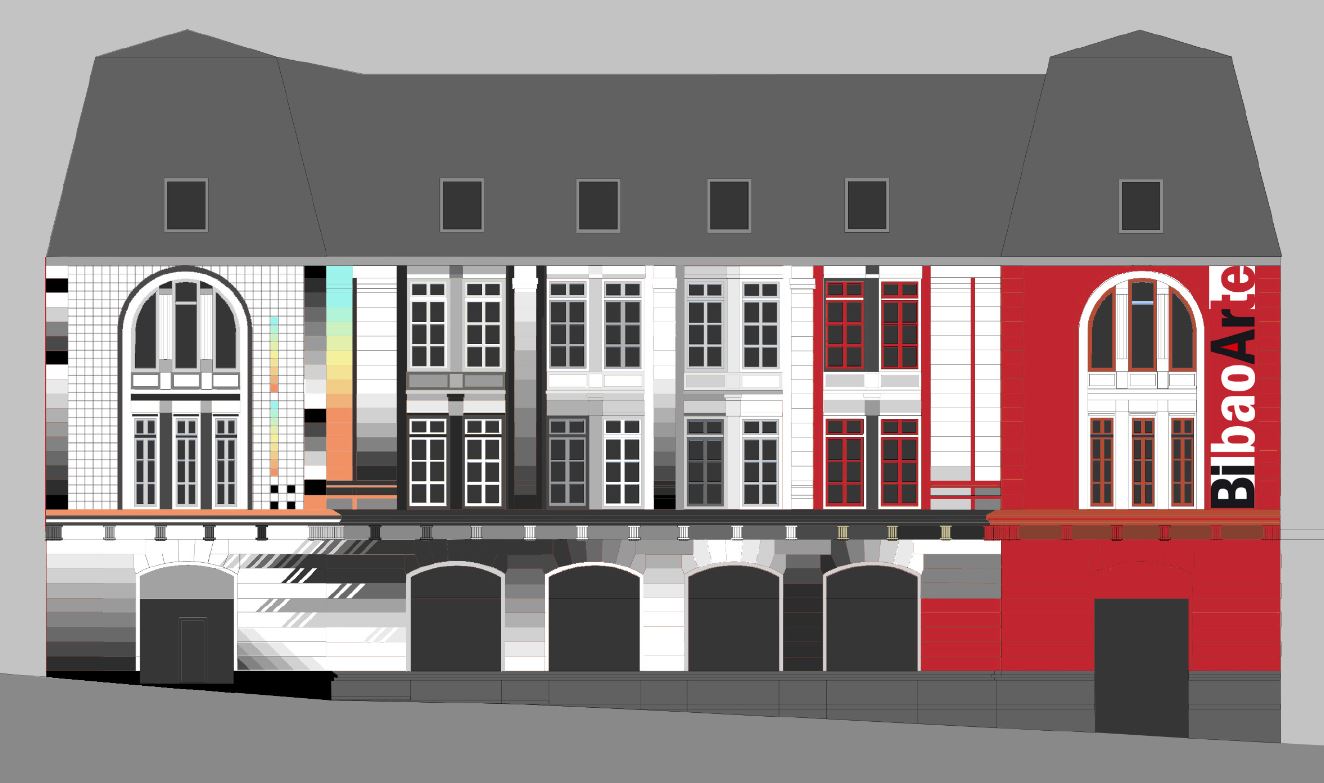
Housed in a historic building, a former school designed by Gregorio Ibarretxe in 1900, the center offers between 12 and 14 scholarships annually. From among more than 400 applicants, those selected can enjoy residencies ranging from half a year to two years, with access to workshops, studies and a conducive environment in which to carry out their projects.
Artists have at their disposal specialized spaces such as those for engraving, screen printing, sculpture, photography, and even a film set for audiovisual creation. This infrastructure is critical for creators, providing the tools they need to experiment and expand their work across multiple disciplines.
As for the criteria for selecting artists, they have evolved over time. Today, a jury composed of artists and professionals from the art world evaluates the projects and selects the residents. This process allows BilbaoArte to constantly adapt to the changing needs of artists, offering not only a physical space, but also an ecosystem that fosters collaboration and creative exchange. Conferences, talks and workshops are regularly organized with experts in various disciplines, such as graphics, photography or other specialties that can complement the Fine Arts training that most residents have.
Beyond the artistic residencies, BilbaoArte has new shared studios in the Otxarkoaga neighborhood, the result of a collaboration with Vivendes Municipal de Bilbao. These spaces allow some artists to continue creating while remaining rooted in the local community. In addition, international mobility programs are offered and encouraged, with destinations such as the Cité des Arts in Paris or SeMA NANJI in Seoul, among others.
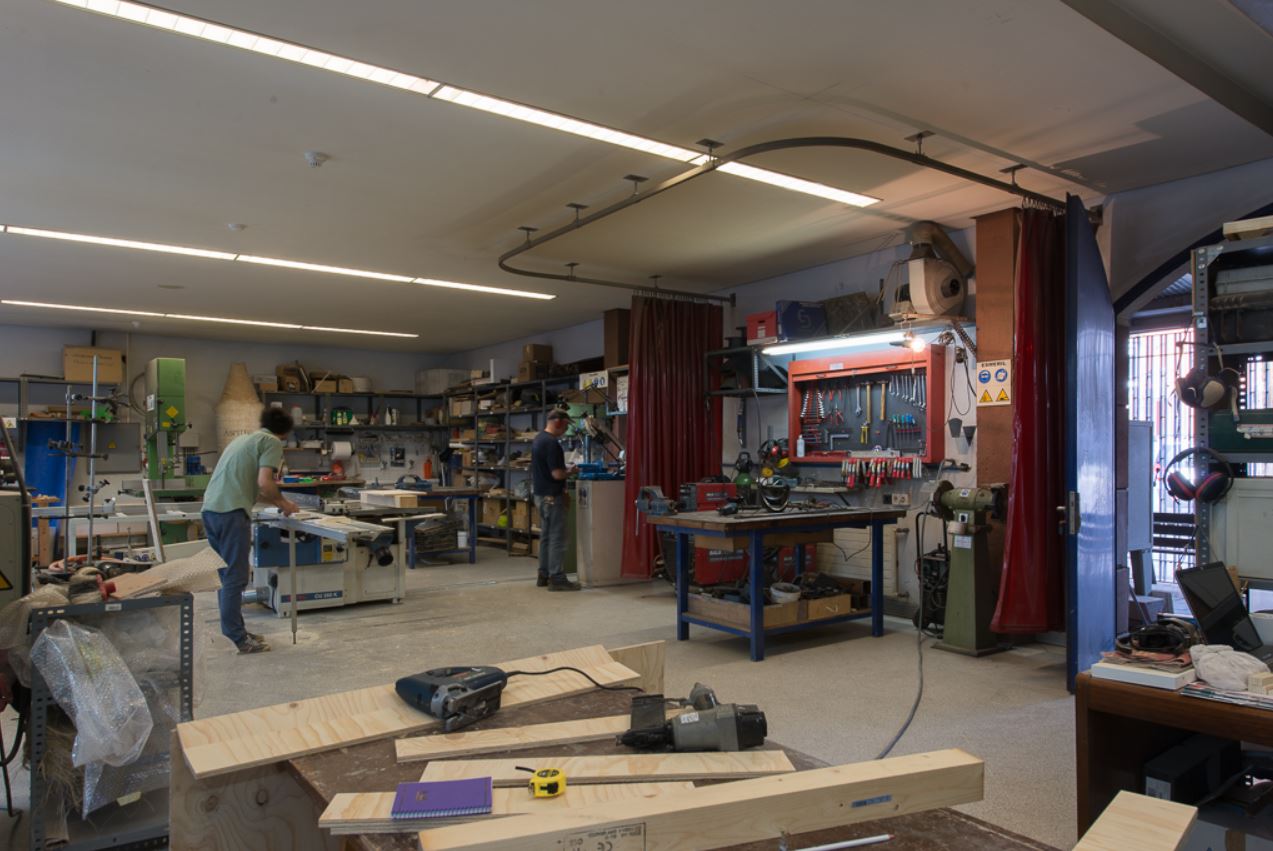
The added value of a center like BilbaoArte is that the bond with the artists does not end when their residency ends. In fact, every year, between three and four of the grantees are selected to exhibit at URIBITARTE40 , BilbaoArte's project room, close to the Guggenheim Museum and the Bilbao Fine Arts Museum. This opportunity, which includes the financing of the exhibition catalog and the organization of complementary activities, is an extension of the support that the center offers to artists, and this allows them to continue developing their projects in optimal conditions. As for the resident artists selected to prepare their exhibitions, BilbaoArte prioritizes contemporary projects created within the center. A specific style is not sought or a defined expositional line is followed. Riaño points out that "society is not yet completely ready for contemporary art today, and the center's task is to gradually introduce a diversity of artistic expressions. Thus, painting is presented combined with more conceptual elements, installations and performances."
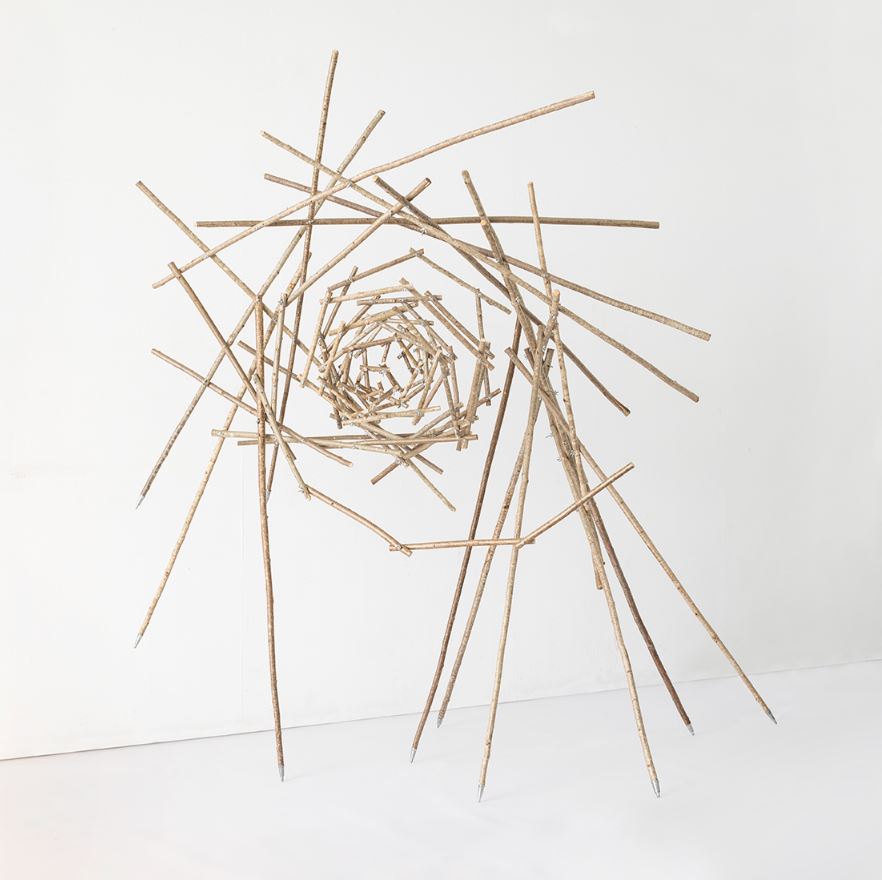
A growing artistic heritage
Thanks to this, the impact of BilbaoArte extends beyond its facilities. Over the years, there has been a clear return: many of the contemporary art exhibitions seen in Bilbao, and even outside the city, have their origins in artists who have passed through the centre. BilbaoArte has provided them with the necessary impetus to project themselves in the world of art. In addition, a significant part of the artists who were not originally from Bilbao have decided to settle in the city after their stay in the center.
BilbaoArte presents itself as a virtually unique center in Europe. According to Javier Riaño, director of the center and one of its founders, few institutions can compare to the level of support and resources provided here. "We are not very conceptual, our approach is not so much theoretical as practical."
Part of the evolution of BilbaoArte has been the creation of its own art collection, which has been growing since its beginnings. What began as a voluntary practice, in which artists left a work at the end of their residency, has become a collection that has more than 600 pieces. Since April 2023, this collection has been officially recognized and Riaño, underlines the relevance of this collection, stating that "it is a heritage of all Bilbao people".
After 25 years, BilbaoArte continues to move towards the future with optimism. Despite the political and economic challenges that have arisen along the way, the center has demonstrated its resilience thanks to the constant support of Bilbao City Council and the artistic community that surrounds it. Javier Riaño, linked to BilbaoArte since its inception and director of the center in two stages—first from 1998 to 2010 and then from 2022—has witnessed its evolution, helping to shape a space that serves both artists and the identity of Bilbao, a city in constant transformation. "The future of BilbaoArte is the future of art in Bilbao," says Riaño, highlighting how the center continues to be a cultural engine, driving creativity and connecting the city to the international art scene.
